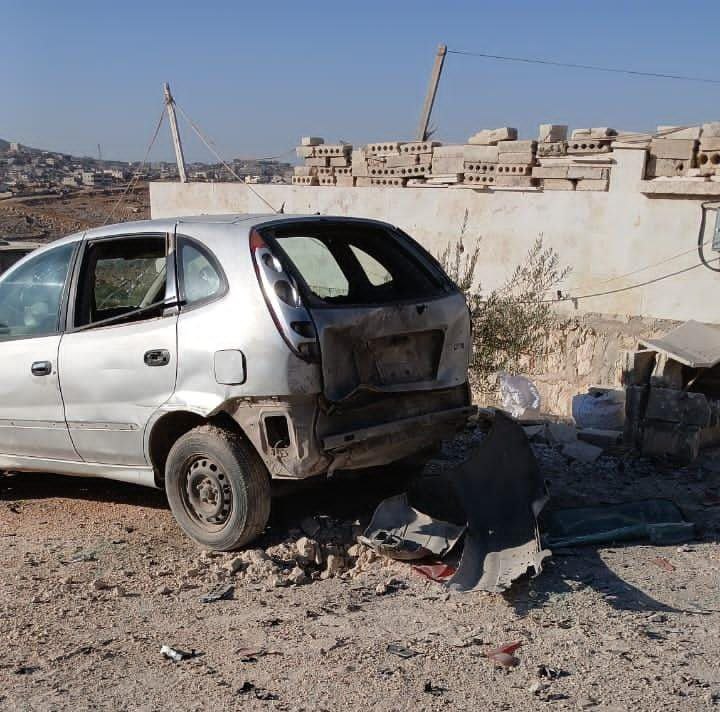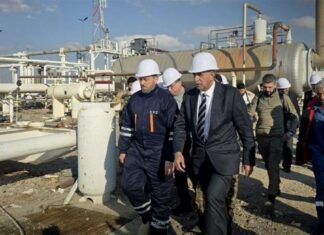
Civilians in northern Syria continue to face escalating aggression from Russian forces, Iranian-backed militias, including Hezbollah, and the Assad regime. Recent weeks have witnessed a surge in attacks across the Idlib and Aleppo countryside, with airstrikes, artillery shelling, and suicide drones killing and injuring dozens, including children. The assaults coincide with heightened provocations and threats from Assad and his allies, raising concerns of an impending military offensive.
On Sunday, regime forces bombed the towns of Al-Bara and Afes in Idlib, and Tadil in Aleppo, using heavy artillery and drones. Saturday’s attacks included strikes on residential areas, a mosque, and a popular market in Afes, leaving one woman injured. In Darat Izza, a civilian car was damaged by a drone in the Ashrafieh area, though no casualties were reported.
The escalation has been particularly deadly in recent days, with Russian airstrikes killing 10 civilians and injuring 32 others in a single day last week. These strikes targeted a furniture workshop and olive press in Idlib province. On the same day, artillery fire killed a young girl in Maarbalit, while missile strikes in Atarib injured eight civilians.
Humanitarian groups, including the Syrian Civil Defense, also known as the White Helmets, have condemned the ongoing violence. The group has responded to nearly 700 attacks since the start of 2024, resulting in 66 civilian deaths and 272 injuries, including 18 children and 34 women.
As the violence escalates, Russia and the Assad regime have issued statements alleging that Hayat Tahrir al-Sham (HTS), is planning to stage chemical attacks on its own population. According to the Russian Center for Reconciliation in Syria, these attacks would be coordinated with the White Helmets to frame the Assad regime for using chemical weapons.
Russian officials have made similar accusations in the past, often just before or during a major military escalation. These allegations are widely seen as an attempt to justify the use of extreme force, and possibly chemical weapons, against civilian populations in the liberated areas.
Human rights organizations have expressed deep concern over these claims, which they describe as part of an ongoing strategy to displace more civilians and exacerbate Syria’s already dire humanitarian crisis. Russian airstrikes and shelling in Idlib have not only caused widespread casualties but have also destroyed vital infrastructure, including hospitals, schools, and markets.
The situation in northern Syria is already catastrophic, with millions of internally displaced persons (IDPs) living in precarious conditions. The region has been one of the last strongholds of resistance against the Assad regime, and the ongoing attacks are further displacing civilians. Humanitarian aid is limited, and the threat of new offensives only increases the likelihood of more displacement, worsening the already dire living conditions.
The latest Russian accusations regarding chemical weapons are viewed by many as an ominous signal of what may come next. These claims, coupled with the increasing intensity of attacks, suggest that the Assad regime and its allies may be preparing for an offensive aimed at regaining full control of northern Syria.
As violence escalates in northern Syria, the civilian population faces increasing peril from airstrikes, artillery shelling, and potential chemical weapons use. The potential for more devastating attacks looms, as civilians continue to bear the brunt of a conflict that shows no signs of abating.








